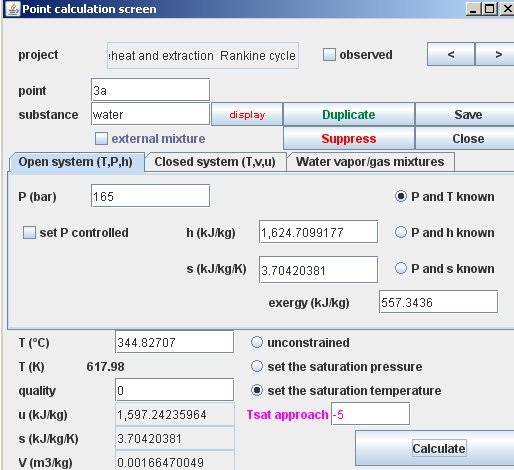

When the temperature becomes even lower and the pressure becomes higher, a real gas can become liquid or even solid that is, it can undergo a phase transition. At lower temperatures and higher pressures and for heavy gases, the ideal gas model fails. The size of the molecules is also insignificant compared to the space between them. In these conditions, the potential energy due to intermolecular forces is much less than the kinetic energy of the particles. Generally speaking, a gas behaves like an ideal gas at lower pressure and higher temperatures when the distances between gas molecules are relatively large. In everyday conditions such as at standard conditions (temperature of 273.15 K and a pressure of 1 standard atmosphere), most real gases behave like an ideal gas. It can be visualized as a collection of perfectly hard spheres, which collide and do not otherwise interact with each other. This theoretical model is useful because it simplifies many calculations and because an ideal gas obeys Newton laws. The gas particles are called point particles because it is supposed that they do not take up any space. Definitions and Formulas Ideal GasĪn ideal gas is a theoretical gas model, in which a gas is represented by many randomly moving point particles that interact with each other only perfectly elastically, that is when a collision between any two particles occurs, their kinetic energy remains the same and does not convert into any other form of energy such as potential energy or heat. Problem 4: Calculate the pressure in pascals of 12,8 kilograms of methane (molar mass 16 g/mol) stored at 30 ☌ in the 70-liter storage tank of a methane-powered car.


Determine the absolute temperature of 128 g of oxygen in a 4-liter vessel at a pressure of P = 3 MPa. Problem 2: The molar mass of oxygen gas (O₂) is M = 32 g/mol.


 0 kommentar(er)
0 kommentar(er)
